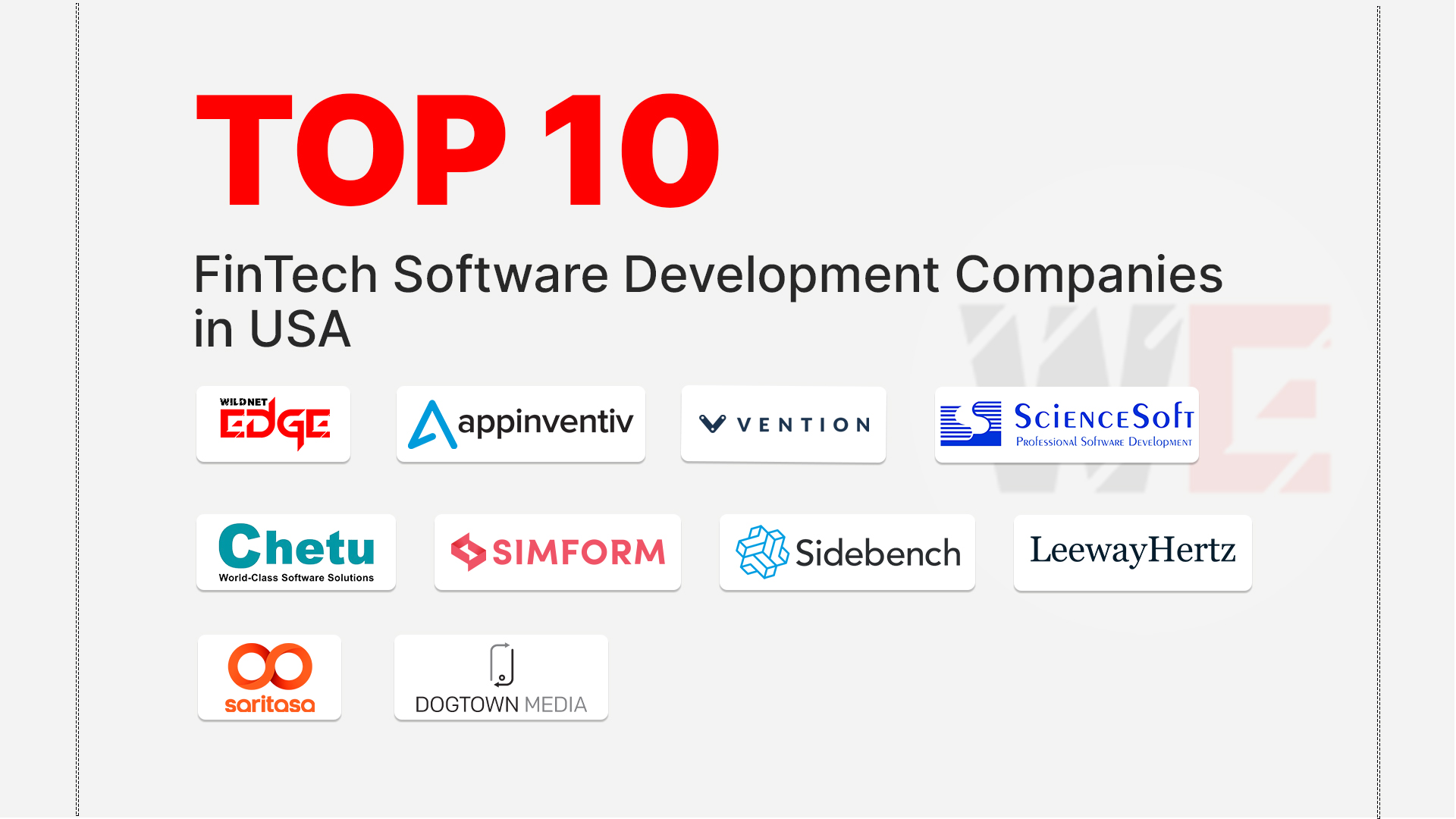Are you tired of being trapped with a single cloud provider that limits your flexibility and innovation? The solution lies in a robust multi-cloud strategy. Leveraging multiple cloud platforms can deliver unparalleled agility, cost optimization, and resilience—but only if you implement it thoughtfully. Without the right approach, multi-cloud environments can quickly become complex and costly.
In this post, we’ll break down the benefits, challenges, and key strategies—including how to avoid vendor lock-in and build a strong failover architecture—that will empower your business to thrive in a multi-cloud world. Whether you are a CIO, cloud architect, or IT professional, understanding these essentials will help you design a future-proof, agile infrastructure.
Understanding Vendor Lock-In in Multi-Cloud Environments
Definition and Implications of Vendor Lock-In
Vendor lock-in occurs when an organization becomes overly dependent on a single cloud provider’s proprietary tools, APIs, or services, making it difficult, costly, or disruptive to migrate to another platform. In multi-cloud environments, vendor lock-in can severely limit the flexibility that the strategy aims to deliver by monopolizing your infrastructure and data within one ecosystem.
How Vendor Lock-In Limits Innovation and Flexibility
When locked into a single vendor, businesses face barriers:
- Reduced Negotiation Power: The inability to switch providers easily weakens your bargaining position on pricing and service terms.
- Slowed Innovation: Adopting emerging technologies or specialized services from other cloud providers becomes cumbersome or impossible.
- Cost Overruns: If pricing changes or usage spikes, you cannot pivot easily to more cost-effective providers.
- Operational Risk: Single vendor reliance increases vulnerability to outages or policy changes by the provider.
Examples of Lock-In Scenarios with Major Cloud Providers
- AWS: Heavy use of AWS Lambda and proprietary AWS-specific managed services like DynamoDB ties workloads into AWS-specific frameworks.
- Azure: Leveraging Azure Active Directory and Azure-specific PaaS services can create migration hurdles.
- Google Cloud: Adoption of exclusive managed Kubernetes services without abstraction layers can prevent seamless workload mobility.
Recognizing these patterns early helps organizations design multi-cloud architectures that remain portable and future-ready.
Designing Failover Architecture for Multi-Cloud Resilience
The Role of Failover Architecture in Multi-Cloud Setups
Failover architecture is vital in multi-cloud environments for ensuring application uptime and data availability in the event of outages, disasters, or performance degradation in one cloud provider. By implementing automated failover mechanisms, you can seamlessly redirect traffic or workloads to an alternate cloud platform, minimizing downtime.
Failover is not just disaster recovery; it’s about proactive resilience. Multi-cloud failover enhances:
- Business Continuity: Maintaining uninterrupted service even during provider failures.
- Load Balancing: Distributing workloads intelligently between clouds to optimize resources.
- Compliance and Data Sovereignty: Shifting workloads as per regulatory needs across geographies.
Best Practices for Implementing Failover Mechanisms Between Cloud Platforms
- Use Cloud-Agnostic Tools: Employ multi-cloud orchestration platforms like HashiCorp Terraform or Kubernetes Operators to manage resources consistently.
- Decouple Applications from Backend Services: Use containerization and microservices architectures to reduce dependencies on single-provider platforms.
- Automate Health Checks and Monitoring: Continuous monitoring with tools like Prometheus and Grafana feeds into failover decisions.
- Plan for Data Replication: Ensure data synchronization between clouds with multi-region databases or real-time replication tools to prevent data loss.
- Test Failovers Regularly: Conduct scheduled simulated failover drills to validate recovery time objectives (RTO) and recovery point objectives (RPO).
Tools and Technologies That Support Seamless Failover
- Kubernetes Federation: Manages container workloads across multiple clusters in different clouds.
- Cross-Cloud Load Balancers: Solutions like F5 or Avi Networks distribute traffic intelligently across providers.
- Multi-Cloud Management Platforms: Platforms such as VMware Tanzu or Red Hat OpenShift offer unified control planes.
- Cloud-Native Disaster Recovery Tools: AWS Elastic Disaster Recovery, Azure Site Recovery — when used in combination with strategies reducing lock-in — facilitate seamless failover.
Designing a robust failover architecture lowers operational risks and supports consistent user experiences regardless of where workloads run.
Crafting a Comprehensive Multi-Cloud Strategy
Assessing Business Goals and Cloud Service Requirements
A successful multi-cloud strategy starts with an honest assessment of your organization’s business objectives:
- Is your priority cost optimization, compliance, or innovation speed?
- What are your latency and security requirements?
- Which applications need high availability or real-time disaster recovery?
Align these goals with service-level agreements (SLAs) and budget constraints to tailor your cloud architecture.
Selecting Cloud Providers to Mitigate Risks of Vendor Lock-In
Choose providers not just on features and price but for their ability to integrate into an interoperable ecosystem:
- Favor cloud services supporting open standards and APIs.
- Evaluate providers’ offerings for service compatibility with containerization and orchestration tools.
- Consider geographic distribution and regulatory compliance capabilities across providers.
- Use diverse providers to avoid single points of failure but limit the number to reduce complexity.
Governance, Security, and Compliance in Multi-Cloud Environments
Multi-cloud amplifies governance challenges, requiring unified policies across diverse platforms:
- Enforce consistent identity and access management (IAM) practices using federated identity solutions like Azure AD or Okta.
- Centralize security monitoring with tools that aggregate logs across clouds (e.g., Splunk, Datadog).
- Implement encryption protocols across data in transit and at rest regardless of cloud provider.
- Ensure compliance with industry standards (e.g., GDPR, HIPAA) across all platforms.
Operational Challenges and How to Manage Them
Managing multiple clouds introduces complexity such as:
- Fragmented monitoring and alerting: Use integrated dashboards and AI-powered analytics for real-time insights.
- Cost management difficulties: Employ FinOps platforms like CloudHealth or Apptio to optimize spending.
- Skill gaps: Invest in training teams or partner with managed service providers specializing in multi-cloud.
- Integration difficulties: Prioritize architectures built around microservices and containers to abstract cloud-specific details.
Adopting a comprehensive strategy that addresses these factors improves your chances of reaping true multi-cloud benefits.
Emerging Trends and Advanced Multi-Cloud Tactics
Use of Automation and AI for Multi-Cloud Management
2025 is witnessing dramatic adoption of automation and AI-powered tools that simplify multi-cloud operations:
- AI-Driven Resource Allocation: Tools can predict workload patterns and automate provisioning across clouds.
- ChatOps and Infrastructure as Code (IaC): Enable rapid deployment and changes via automated scripts minimizing human error.
- Self-Healing Architectures: AI monitors health metrics and performs failovers or fixes autonomously.
Containerization and Kubernetes for Cloud Portability
The rise of container orchestration frameworks like Kubernetes allows organizations to deploy applications seamlessly over multiple clouds, avoiding vendor lock-in:
- Kubernetes standardizes workloads across different cloud runtimes.
- Cloud providers have converged on Kubernetes offerings, simplifying migration.
- Use of service meshes (e.g., Istio) aids in traffic management and observability across multiple clusters.
Hybrid Cloud Integration and Edge Computing Considerations
Emerging multi-cloud tactics increasingly blend hybrid cloud and edge computing to meet latency-sensitive and data-intensive application needs:
- Hybrid cloud merges on-premises and cloud resources for greater control and flexibility.
- Edge computing pushes analytics and processing closer to end-users while still integrating with cloud backends.
- Multi-cloud strategies must incorporate network architectures that support seamless data flow between edge sites and multiple clouds.
Continuous Monitoring and Analytics for Proactive Failover
To maintain reliable multi-cloud operations, continuous monitoring with powerful analytics is essential:
- Real-time telemetry enables preemptive identification of performance bottlenecks or provider outages.
- Predictive analytics help automate failover triggers before end-user impact.
- Visualization tools consolidate diverse cloud metrics into unified operational views.
Together, these trends empower businesses to optimize their multi-cloud environments with agility and intelligence.
Conclusion
A well-executed multi-cloud strategy can unlock unparalleled flexibility, cost savings, and resilience—if you know how to overcome common challenges like vendor lock-in and build a strong failover architecture. Strategic planning around provider selection, governance, and automation is essential to harness the full benefits.
Trusted leaders like WildnetEdge provide the expertise and tools necessary to streamline your multi-cloud journey and future-proof your infrastructure. Their deep knowledge of failover design, governance frameworks, and operational best practices can accelerate implementation and reduce risk.
Ready to optimize your cloud approach? Partner with WildnetEdge today to get started on transforming your multi-cloud ambitions into reality.
FAQs
Q1: What is a multi-cloud strategy and why is it important?
A multi-cloud strategy uses multiple cloud providers to improve flexibility, avoid vendor lock-in, enhance reliability, and optimize costs by selecting the right resources for the right workloads.
Q2: How can I avoid vendor lock-in with a multi-cloud strategy?
Avoid vendor lock-in by choosing providers based on interoperable services, leveraging containers and open standards like Kubernetes, and designing failover architecture that enables quick workload migration.
Q3: What is failover architecture in multi-cloud environments?
Failover architecture ensures automatic switching to a backup cloud provider during outages, maintaining continuous application availability and protecting data integrity across platforms.
Q4: What challenges should I expect when implementing multi-cloud?
Key challenges include managing complexity, ensuring consistent security and compliance, integrating diverse platforms, and avoiding unexpected cost overruns, all of which require proactive governance and toolsets.
Q5: How does WildnetEdge support multi-cloud strategies?
WildnetEdge offers expert guidance, automation tools, and architecture designs that help businesses deploy scalable, resilient multi-cloud environments tailored to their unique needs.

Nitin Agarwal is a veteran in custom software development. He is fascinated by how software can turn ideas into real-world solutions. With extensive experience designing scalable and efficient systems, he focuses on creating software that delivers tangible results. Nitin enjoys exploring emerging technologies, taking on challenging projects, and mentoring teams to bring ideas to life. He believes that good software is not just about code; it’s about understanding problems and creating value for users. For him, great software combines thoughtful design, clever engineering, and a clear understanding of the problems it’s meant to solve.
 sales@wildnetedge.com
sales@wildnetedge.com +1 (212) 901 8616
+1 (212) 901 8616 +1 (437) 225-7733
+1 (437) 225-7733






























